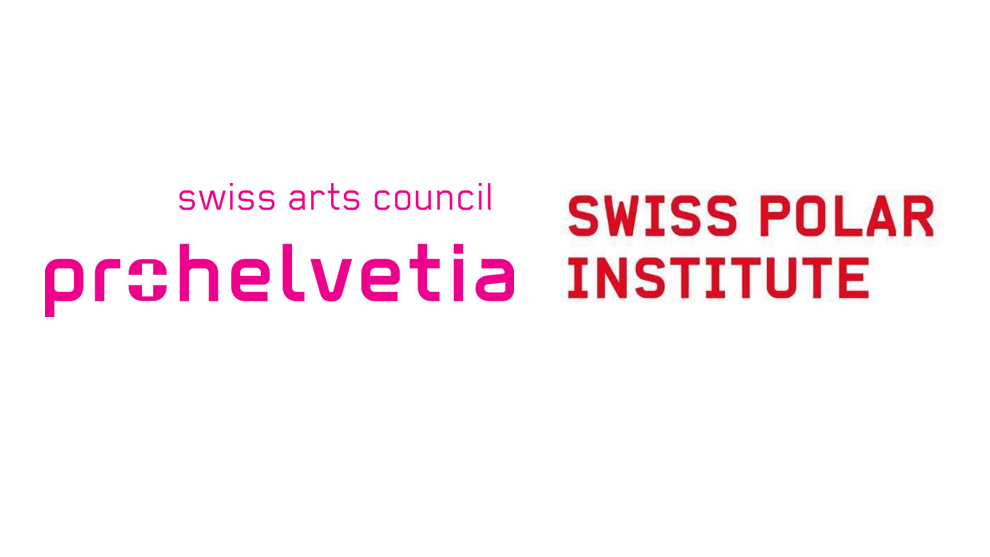The 2023 edition of the PolARTS programme received applications from fifteen tandems of artists and researchers. In cooperation with the PolARTS initiators, the Swiss Arts Council Pro Helvetia and the Swiss Polar Institute, a transdisciplinary jury selected three tandems’ projects that stood out in terms of quality, originality, and prospective synergies.
Glacier melt, impact of snow and ice on global climate, and ice cores as guardians of ancient microfossils are the three respective areas where science and the arts will continue their dialogue through collaborative research in this new edition of PolARTS that offers the grantees the opportunity to work jointly on projects and to participate together in a field campaign related to polar regions.
The three selected tandems are:
Pauline Agustoni (Designer) with David Janssen (Research Group Leader at Eawag – Swiss Federal Institute of Aquatic Science & Technology, Aquatic Geochemistry) and their project ‘Hydrorecord: Water as a connector across space and time’
The tandem will look at the consequences of glacier melt on ecosystems in South Greenland, studying glacial-origin lakes to understand holistic effects of glacier retreat. Employing scientific methods, artistic tools, and local insights, they will analyse water dynamics. Their 2025 joint fieldtrip will take place in Qassiarsuk and Isortoq, alongside Blake Matthews’ research group, local scientists and artists, and will explore historical and contemporary lake transformations.
Ramon De Marco (Sound Scenographer) with Dr Ruzica Dadic (Research Unit Leader at WSL Institute for Snow and Avalanche Research SLF) and their project ‘Sounding Snow’
By combining Ruzica Dadic’s research on impact of snow and ice on global climate with Ramon De Marco’s expertise in sound and spatial relations, they seek innovative ways to communicate their insights effectively. Their ambitious goal is to raise awareness about the ramifications of climate change on nature and society. Despite their diverse expertise, they both believe even small increases in climate change awareness can catalyse meaningful action. They propose to use sonification, i.e. translating scientific data into sound, to convey glacier wind dynamics emotionally. Fieldwork on the Silvretta Glacier will inform this endeavour, potentially engaging a broader audience emotionally through art and performance.
Janis Polar Huber (visual artist) with Sandra Brügger (Paleoecologist, PhD of Science in Climate Sciences, University of Bern) and their project ‘Fire &(A)Ice – Exploring image-based aesthetics of microfossils in ice cores’
The tandem aims to explore the visual aspects of microfossils preserved in ancient ice cores. Through a dynamic exchange of methodologies and expertise, the partners seek to create an innovative fusion of art and science. They plan to experiment with both analogue and digital datasets across various settings, including scientific laboratories, art studios, and field locations such as conferences and museums. By examining microfossils from diverse ice core samples, they aim to uncover connections between microscopic particles and broader ecological, historical, and technological contexts. The collaboration is driven by a shared curiosity and a desire for interdisciplinary exchange, aiming to lay the groundwork for future projects blending visual art, artificial intelligence, and ice core research.
About our partner Pro Helvetia: Our mission
